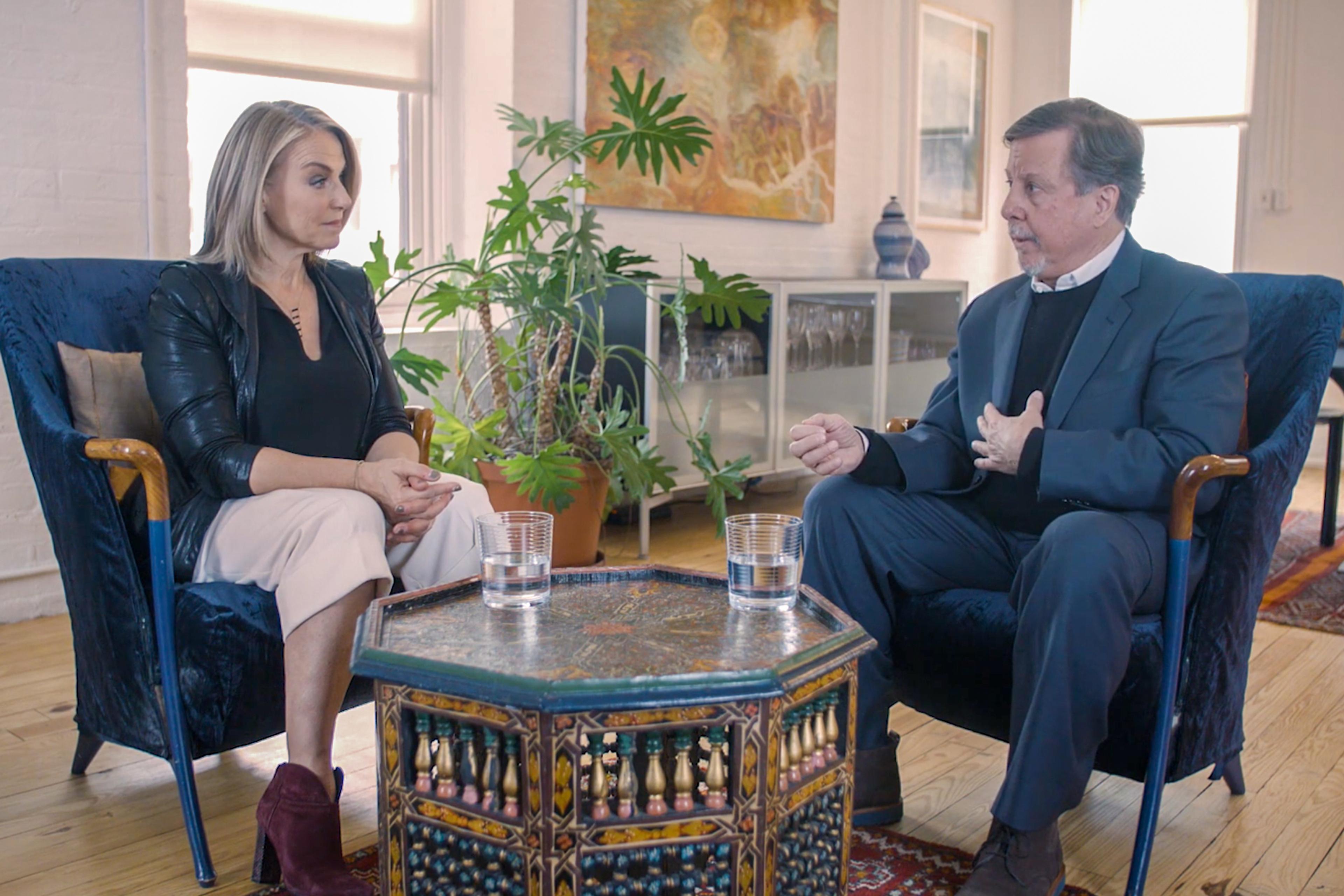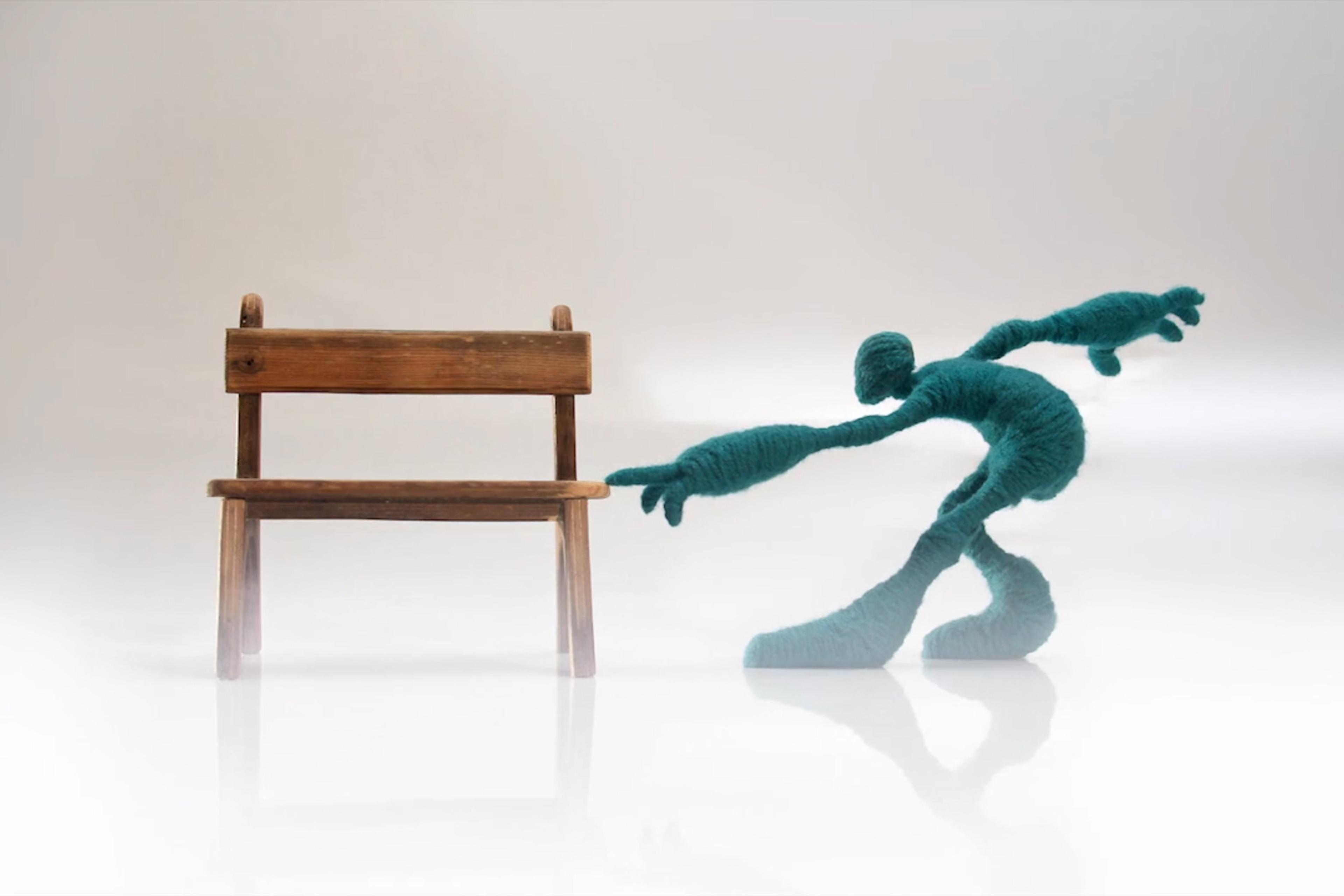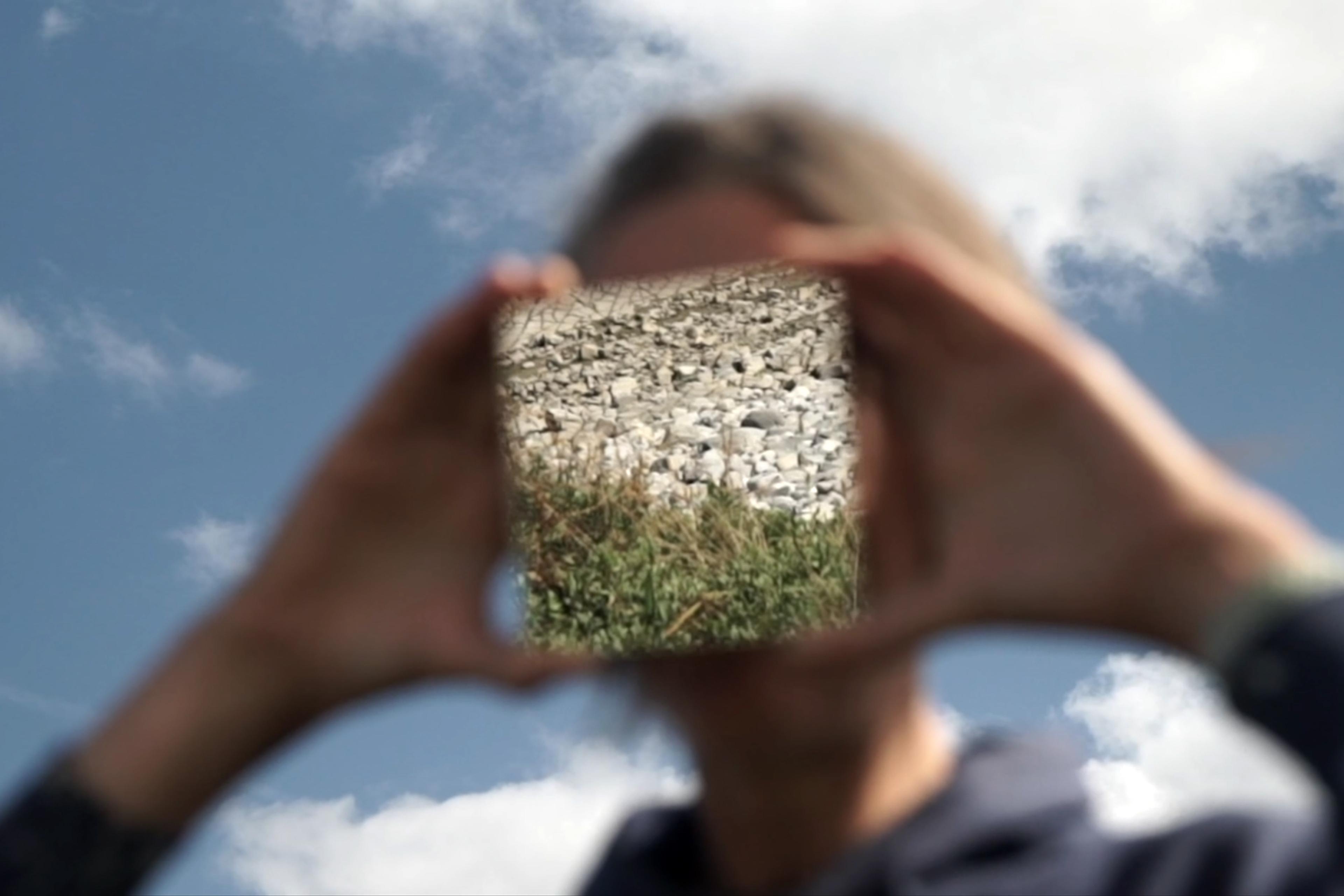When I surrender to the dance, I really feel myself at my most vulnerable and, therefore, most powerful.
– Gabrielle Roth
Dance has long been heralded as healing. It offers an embodied means of expression and communicates an aspect of being that doesn’t translate well into words. Many of us live in the mind, but rarely surrender to, or even notice, the impulses of the body. Sonata (2013) explores this act of communicating through movement, illuminating how powerful the language of dance can be. The French filmmaker Nadia Micault uses a combination of two-dimensional and three-dimensional animation for the piece, tracing the outlines of the dancer Émilia Giudicelli into a sketchbook-style figure who, at times, pushes beyond the boundaries of a familiar human form. Micault pairs these visuals with the composer György Ligeti’s stirring Sonata for Solo Cello. The evocative strings bring pathos at every turn, as the film’s central female character and, on occasion, a male counterpart, move fluidly to the music, and evaporate into smoke. Through this impressionistic style, her work forms a stirring exploration of emotion, expression and reinvention.
Micault divides the piece into two parts. The first, titled ‘Capriccio’, meaning ‘whim’ in Italian, uses dance as a window into the messiness of the figure’s internal world. In an artful rendering of the woman as disembodied limbs and untethered eyes, Micault evokes unease and tumult. Flashes of her skeleton appear as she dances. Strings pull her limbs in various directions, like a marionette being manipulated by a puppeteer. As the mood intensifies, red and yellow sparks begin to fly, enveloping the woman in a blaze of embers. Her silhouette runs in circles, spiralling into chaos, until, finally, she throws herself upwards in surrender.
The pace and tone shift in the second and final chapter, titled ‘Dialogo’, or ‘dialogue’. A sense of calm emerges from the unshackled energy of the previous movement. In conversation with her dance partner, the woman’s steps become sensual, her touch is tender. The tranquil blue tones of the landscape indicate a newfound inner serenity as she navigates the frame with a fresh sense of curiosity and self-assuredness. Caressing the space with her hands to make sense of it, she gives shape to the emptiness of the white expanse before her. She melts into her dance partner in a gesture of release.
As viewers move through the seasons of the woman’s emotions, the journey from chaos to calm offers a hopeful message about how weathering life’s storms can lead to rejuvenation and rebirth. By telling this rich story without words, Sonata celebrates movement as an outlet for our emotions, providing a way to make sense of the chaos that resides within. Through this construction, Micault’s work seems to contemplate what we can gain by embracing intuitive movement, and listening closely to what the body has to say.
Written by Olivia Hains







